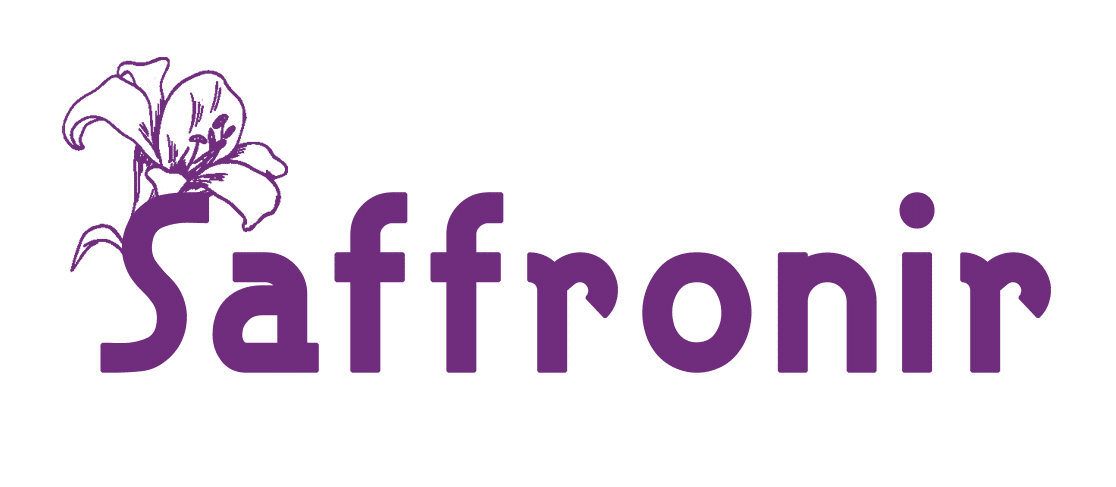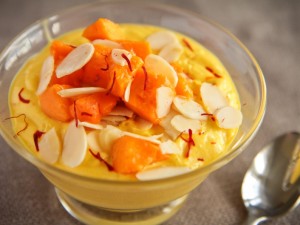0
214
What is Saffron?Have you ever heard the word "saffron"? Have you thought about it or searched for it? This page will introduce Saffron and explain different aspects of this fantastic spice. Here, we will talk about the saffron term and its history. Also, we review saffron usage and will show you what chemicals saffron has. Next, we will enter the b..
0
2152
Discovering the Many Uses of SaffronUnveiling the Marvels of Saffron: From Ancient Persia to Modern DiscoveriesFor centuries, saffron has captivated civilizations with its rich aroma, vibrant color, and an array of potential health benefits. Originating from ancient Persia, this precious spice was highly valued not only for its culinary uses but al..
0
1444
Exclusive Persian Saffron DiscountIndulge in the Exquisite Flavor of Authentic Persian Saffron with an Exclusive 20% Discount at Saffronnir! As a reputable purveyor of the finest saffron, we take pride in offering our valued customers an unparalleled opportunity to experience the captivating essence of Persian saffron at an unbeatable price. With o..
0
1697
Unveiling the Aphrodisiac Elixir: Saffron's Remarkable Impact on Sexual DesireWelcome to our blog, where we delve into the intriguing world of saffron and its potential to enhance sexual desire. Saffron, the exquisite spice derived from the Crocus sativus flower, has captivated cultures around the globe for centuries. Beyond its culinary uses, saff..
0
1797
Exploring the Nutritional Wonders of SaffronSaffron, often referred to as the "golden spice," not only adds vibrant color and delicate flavor to culinary creations but also offers impressive nutritional benefits. Packed with essential vitamins and minerals, saffron contains potent antioxidants that can help protect cells from damage caused by free ..
0
894
Discovering the Remarkable Health Benefits of SaffronIntroduction:
Welcome to the world of saffron, a spice renowned for its exquisite flavor, vibrant color, and remarkable health benefits. In this article, we will delve into the fascinating properties of saffron and explore how it can contribute to your overall well-being. From its historical sign..
0
725
5 Amazing Benefits of Saffron for Skin: Unleashing Nature's Golden SecretSaffron, also known as the "golden spice," has long been revered for its culinary and medicinal properties. Beyond its delightful flavor and vibrant color, saffron holds a treasure trove of benefits for the skin. Packed with antioxidants and unique compounds, saffron has been ..
0
677
Is There Any Herb or Spice That Could Replace Saffron?Crocus Sativus is one of the most expensive plants on earth.Saffron is the only spice that people use gr or OZ instead of ton and kg to measure its weight.Saffron spice has been very popular in Persian culture since ancient times, and they have used it in most of their food and cookies because o..
0
1090
Which Items Make Saffron Expensive?Are you curious about why saffron, the golden spice, comes with such a hefty price tag? In this article, we will delve into the factors that contribute to saffron's expensive nature. From the painstaking cultivation and harvesting process to the limited availability and exceptional quality of Persian saffron, we w..
0
1130
Saffron preparation - How to use saffron?Saffron, the prized spice that has been adored for centuries, holds a special place in the culinary world. Known for its vibrant color, distinct aroma, and delicate flavor, saffron is a luxurious ingredient that can elevate any dish to new heights. In this article, we will delve into the art of saffron prepa..
0
581
Irresistible Saffron-Inspired Dessert RecipesFirstly, you should make a saffron water mixture to cook these saffron Sweets. Add 1/4 teaspoon of saffron to 2 tablespoons of Water in a cup. At that time, Cover the cup whit Cellophane and Let it soak for 20 minutes.Add 1/2 cup sugar to 1/3 cup Water and bring it to a boil with medium heat. Then, boil ..
0
1014
How to identify real or fake saffron?Saffron, being one of the most valuable and sought-after spices, unfortunately, attracts counterfeit products in the market. Distinguishing between real and fake saffron can be challenging, but by paying attention to certain characteristics, you can increase your chances of identifying the genuine spice. In this..





%20-%20100%20g-2-190x190.jpg)
%20-%2023%20g-1-190x190.jpg)
%20-%2010%20g-1-190x190.jpg)











